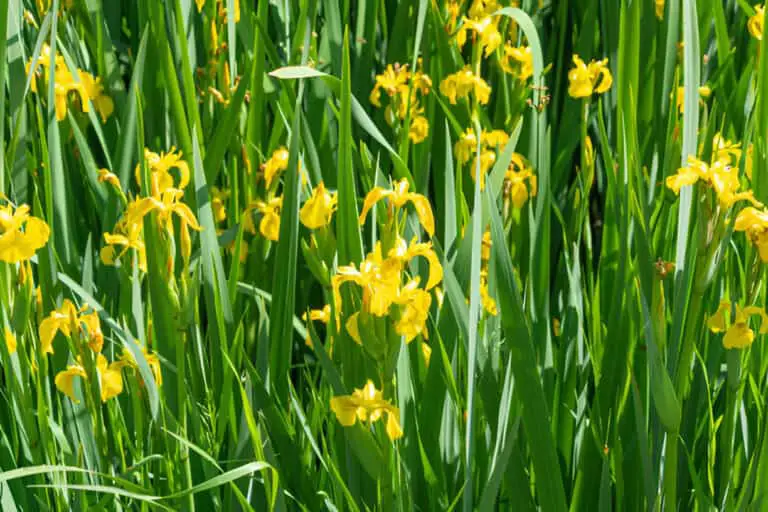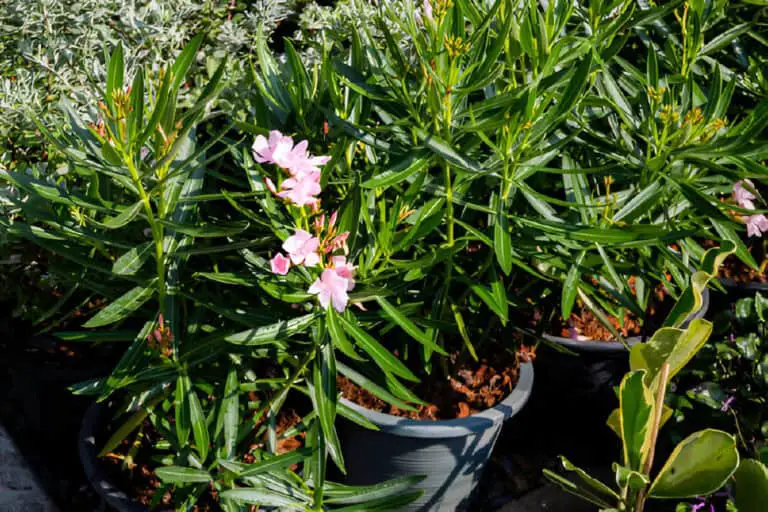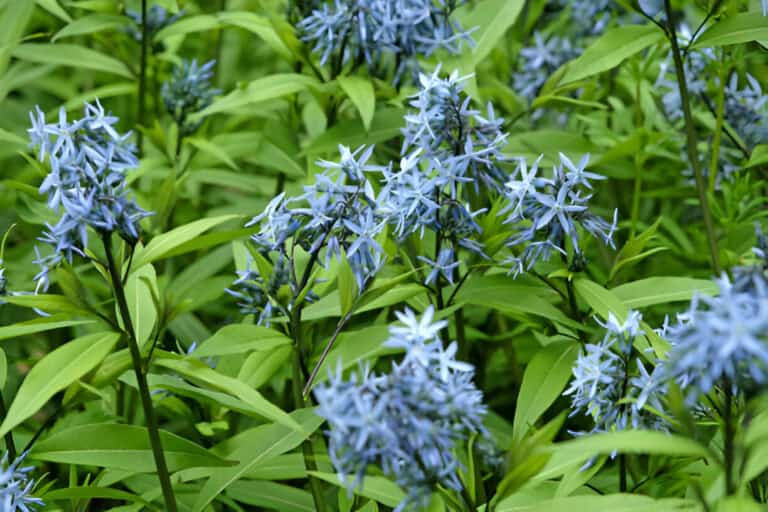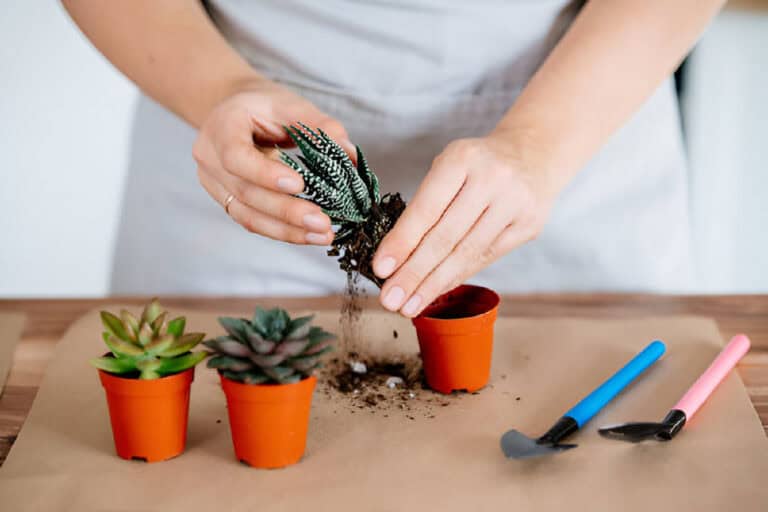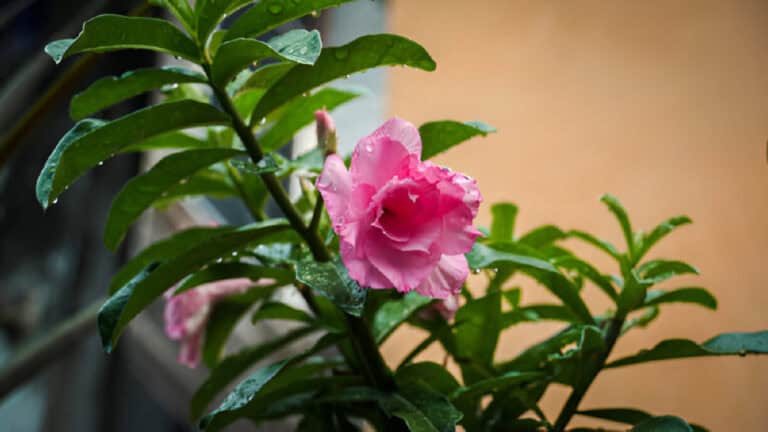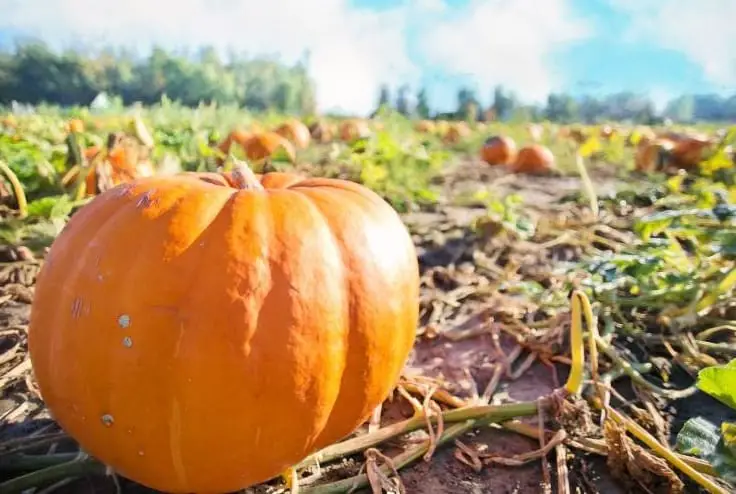The Perfect Harvest: Will a Gourd Dry if Picked Early?
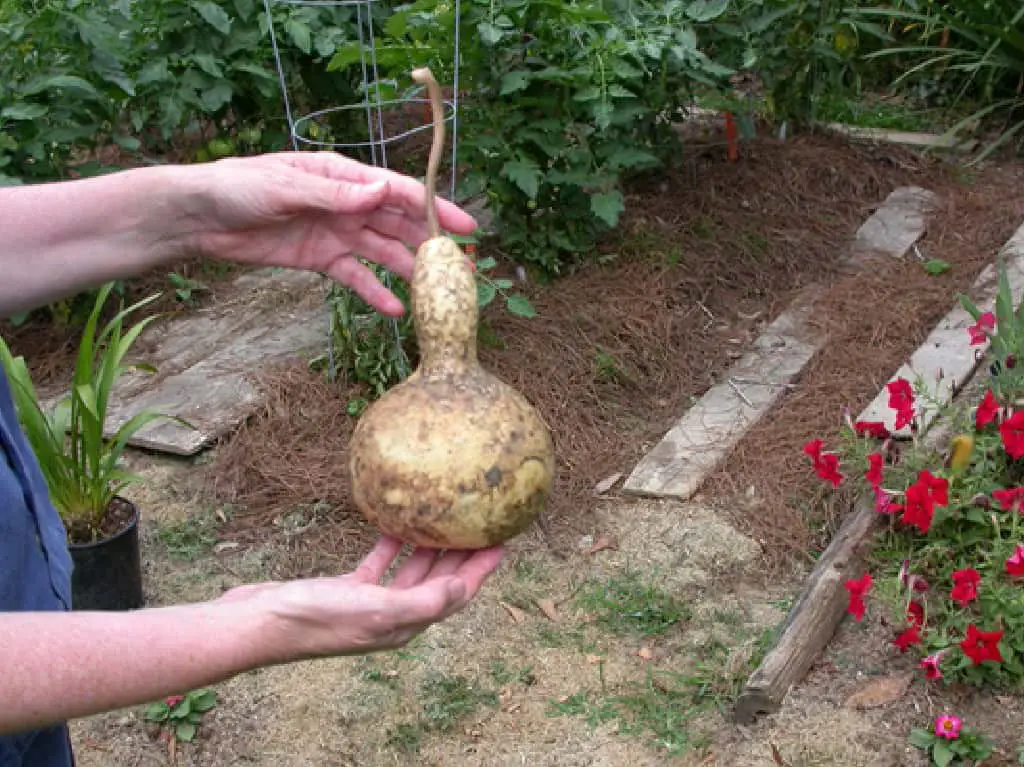
In the realm of agriculture, it is all about patience and output production. There is an old question about planting plants: will it really reach its full potential if it is picked too soon? It’s an art to gather crops the right way, at the right time. Each crop has its own specific needs that must be met.
As we learn more about gourds, those mysterious fruits that have stumped farmers for centuries, we find a secret. This secret will resonate with anyone who is amazed by the beauty of nature’s gifts.
This article uncovers the secrets behind the perfect harvest. It reveals why gourd lovers must heed nature’s cues and be patient to unlock their plants’ full potential.
Come with us on this trip to find out how to have the perfect harvest. Choices made in a split second can affect the work and hope of a whole season.
Will a Gourd Dry if Picked Early?
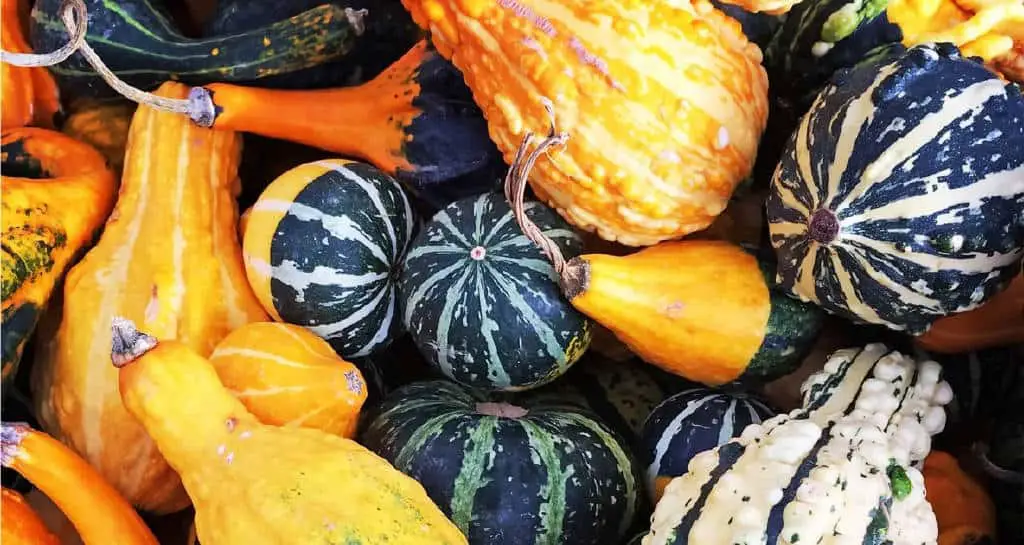
No, a gourd will not dry if picked early. Gourds are typically left on the vine until after the first frosts, as they continue to draw nutrients from the vine as it withers and dies.
Harvesting gourds too soon can result in them becoming mushy and rotting. The natural drying process involves the growth of mold on the gourd’s skin, which creates the beautiful markings and patterns.
This process can take several months to a year, depending on the size of the gourd and the drying location. Good airflow is essential during drying to stop mold in the gourd.
Also, it’s crucial to handle gourds carefully. They can bruise or scratch easily. Remove any gourds that show decay to prevent contamination.
If you want to pick your gourds early and place them on pallets, then fine, they will dry. However, there is a greater chance of your gourds rotting when you do this. If the gourds are picked before maturing, then they are much more susceptible to rot.
How Do I Know When to Pick My Gourds?
If you are a gardener or farmer, knowing the exact moment when your gourds are ready for harvest is crucial. It can greatly impact their quality and longevity. The best way to tell if a gourd is ready to harvest is by look and feel. The vine will begin to die back and the skin of the gourd will be hard and pale. An immature gourd feels fleshy and is bright green.
Knowing when to pick gourds is crucial for ensuring optimal quality and longevity. Here are some key indicators to help you determine the right time to harvest your gourds:
- Maturity: Gourds should be harvested when they reach full maturity. This varies depending on the type of gourd you’re growing, so refer to specific maturity guidelines for your gourd variety.
- Stems: Stems dry and turn brown as gourds mature. This shows the plant is putting most of its energy into fruit instead of leaves.
- Color: Pay attention to the color of the gourd. Many gourds change color as they ripen. They go from green to shades of brown, orange, or yellow, depending on the variety.
- Skin Texture: The skin of mature gourds becomes hard and tough. Gently press your fingernail against the skin of the gourd. If it leaves an indentation, the gourd is not yet mature. If the skin is firm and resistant to pressure, the gourd is ready to be harvested.
- Sound: Some gourds produce a hollow sound when tapped or thumped. This is a sign of maturity and readiness for harvesting.
How Long Do Gourds Last After Picking?
After the one-week drying process, place the gourds in a warm, dark, dry area for three to four weeks. This is the real curing process. After this, decorative gourds last for three to four months.
After picking, gourds can last for varying lengths of time depending on several factors, such as variety, storage conditions, and handling. Here’s a breakdown of the approximate shelf life of gourds after picking:
- Hard-shell Gourds: Hard-shell gourds, such as birdhouse or decorative gourds, have the longest shelf life and can last anywhere from 6 months to several years if stored properly. They should dry fully in a warm, airy place for weeks to months. Then, they can be used for crafts or decorations.
- Edible Gourds: Some varieties of gourds, such as bottle gourds or winter squash, are grown for culinary purposes. These gourds typically have a shorter shelf life than hard-shell gourds. They should be eaten within a few weeks to a couple of months after picking. The exact time depends on the variety and storage conditions.
- Ornamental Gourds: Ornamental gourds, prized for their unique shapes, colors, and textures, can last for several weeks to a few months after picking if stored in a cool, dry place away from direct sunlight. However, they may begin to shrivel or lose color over time.
Proper storage is essential. It should be in a cool, dry, and well-ventilated place. This is key to extending the shelf life of gourds after picking. Inspect them often for decay. Remove any damaged or rotten gourds. This can prevent spoilage and make them last longer.
Should I Pick Gourds Before Frost?
Deciding whether to pick gourds before frost depends on their maturity and the severity of the frost. Mature gourds have hard skins. They are tougher against frost and cold than immature gourds. However, if frost is coming and the gourds are still young with tender skins, it’s best to harvest them to prevent damage.
Before frost sets in, carefully assess the maturity of your gourds by examining their size, color, and skin texture. Mature gourds will have firm skins. They will also have mature coloration and hard shells. These features show they are ready for harvesting. If your gourds meet these criteria, they may be able to withstand light frost without significant damage. However, if young gourds are present or if the frost will be severe, it’s best to be cautious and harvest them to avoid loss.
Once harvested, gourds can be dried and cured indoors to complete the ripening process and ensure their longevity. By watching weather forecasts and checking your gourds’ maturity, you can decide if you should pick them before frost. This will protect your harvest and keep your gourds good for later.
How Do You Dry and Preserve Gourds?
Drying and preserving gourds is key. It extends their lifespan and keeps their quality. Here’s a comprehensive guide on how to effectively dry and preserve gourds:
- Harvesting: Start by harvesting mature gourds from the vine. Look for gourds with firm skin, mature color, and hard shells, indicating readiness for harvesting.
- Cleaning: Thoroughly clean the harvested gourds by scrubbing them with a mild detergent and water to remove dirt, debris, and any remaining plant material.
- Killing Germs: (optional): Wipe the gourds dry and spray lightly with a household disinfectant or mist with rubbing alcohol.
- Drying: Allow the cleaned gourds to air dry in a warm, well-ventilated area for several weeks to months, depending on their size and thickness. During this time, the gourds will gradually lose moisture and harden, resulting in a durable and long-lasting shell.
- Curing: After drying, some gourds may benefit from further curing to enhance their durability and prevent mold or decay. This can be achieved by storing the gourds in a dry, well-ventilated area with good air circulation for an additional few weeks to months.
- Preservation: Once fully dried and cured, apply a thin layer of wax, varnish, or sealant to the gourds. This will protect them from moisture and make them last longer. Be sure to choose a non-toxic, food-safe option if the gourds will be used for culinary purposes. This is the simple guide on drying and preserving gourds you can do yourself.
Factors Influencing the Perfect Harvest Time
Knowing the best time to pick gourds from the vine is not just guesswork. It is a delicate dance between nature’s cues and human action. One crucial factor that plays a pivotal role in determining the perfect harvest time is the gourd’s skin texture.
As gourds mature, their skin toughens and becomes more resistant to external pressure. By gently pressing your thumb against the surface, you can gauge if the skin yields slightly but stays firm. This shows that it’s ready for picking.
Also, watching the environment can offer insights. It can tell you when to harvest your prized gourds. Fluctuations in temperature, humidity, and sunlight all affect how fast a gourd matures on the vine. For instance, cooler temperatures might dry things for longer if picked too early. Excessive heat could cause withering before optimal curing.

